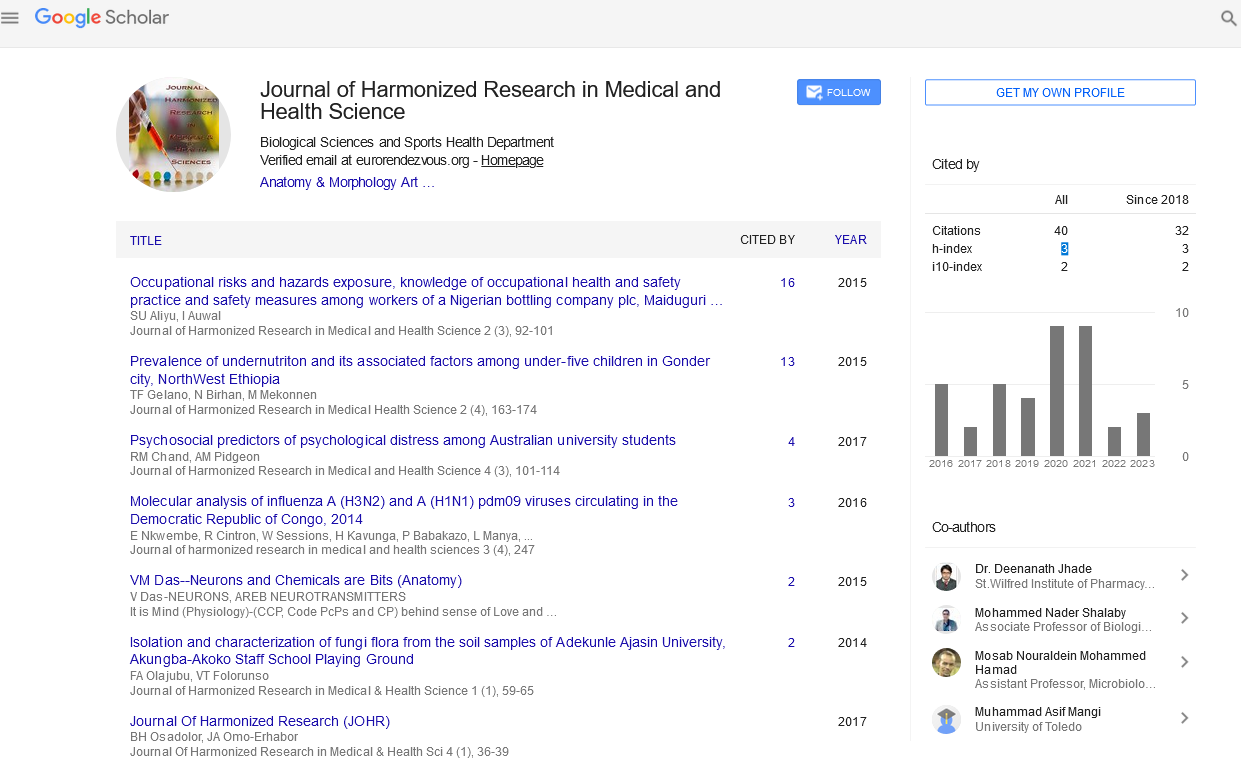CLINICAL PROFILE AND OUTCOME OF PATIENTS ADMITTED WITH STROKE.
Abstract
Author(s): B. Khandelwal, G. Shankar, S. Kar.
Introduction: Stroke, a global health problem, is the second commonest cause of death and fourth leading cause of disability worldwide. Effective primary and secondary prevention strategies, better r ecognition of at risk patients, early recognition and intervention, rapid advances in management and effective stroke rehabilitation has changed the traditional perception that stroke is simply a consequence of aging that inevitably results in death or severe disability Materials and methods: A hospital based prospective study was carried out in a teaching hospital in Sikkim for a period of one year in which 112 subjects fulfilling the inclusion criteria of stroke were recruited and their details recorded. National Institute of Health Stroke Score (NIHSS) was used for prognostic status. Results: 53.6% suffered from hemorrhagic stroke, 40.2% had ischemic and 6.2% hemorrhagic infarct.39.9% patients had history of previous TIA, 73.2% were smokers and 53.6% had history of alcohol intake.81.2% were hypertensive while 18.7% had diabetes mellitus. Mortality was higher in haemorrhagic stroke (48.3%) as compared to ischemic stroke (20%). Conclusion: Increased awareness, early referral, dedicated stroke unit and wider use of MRI with perfusion and diffusion weighted technique would be beneficial in improving the outcome. Key words: Stroke, NIHSS, Outcome.










